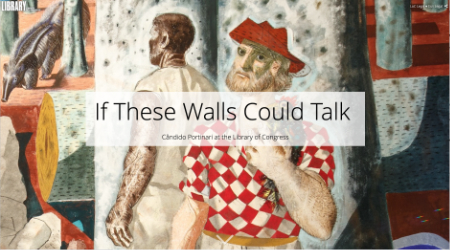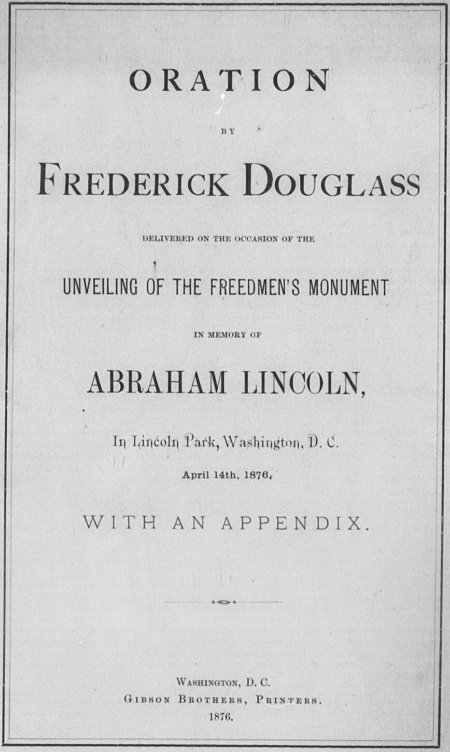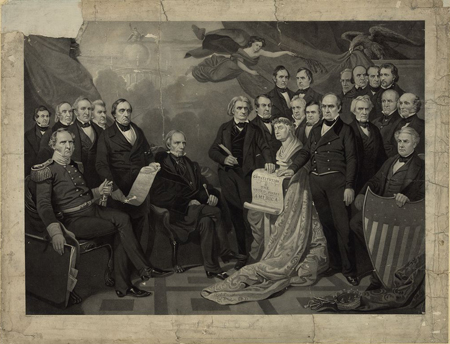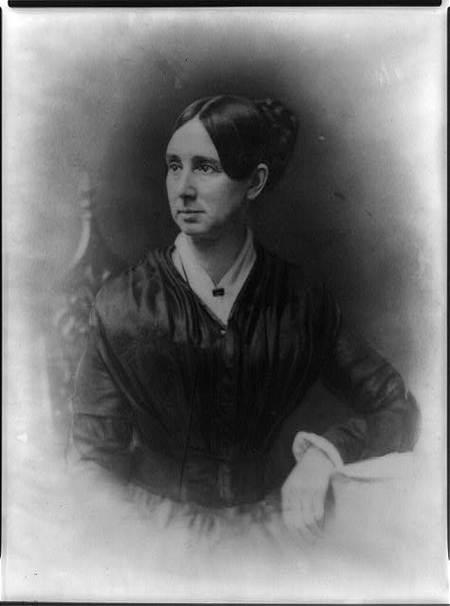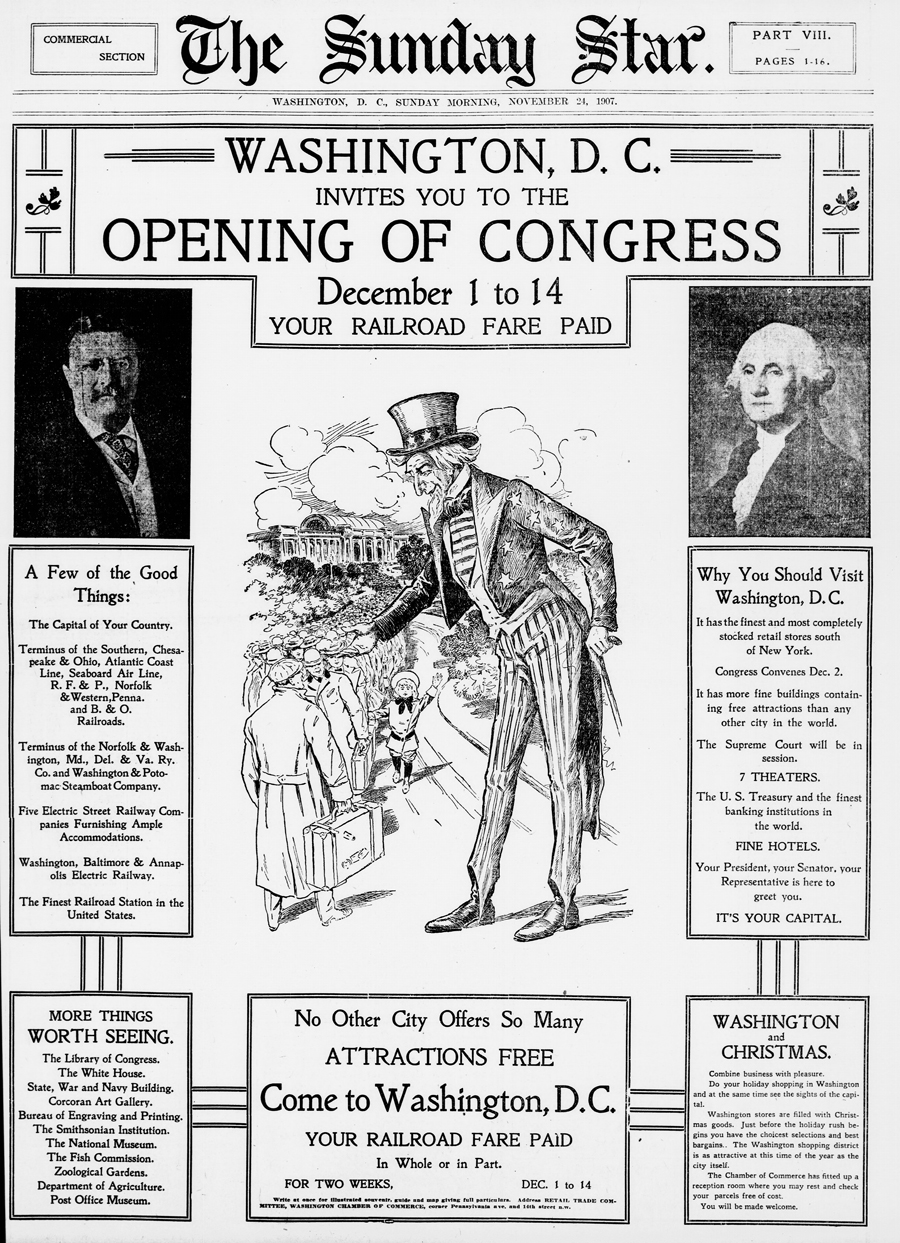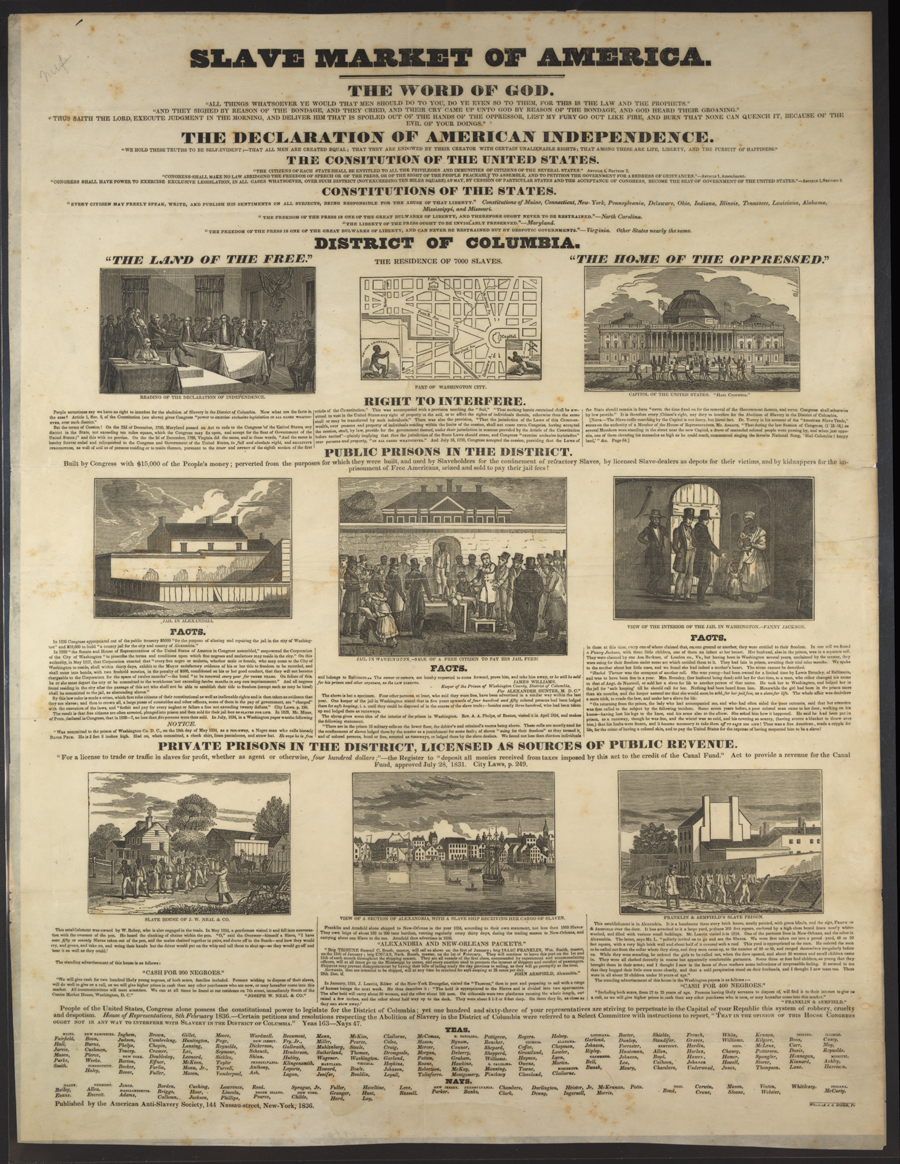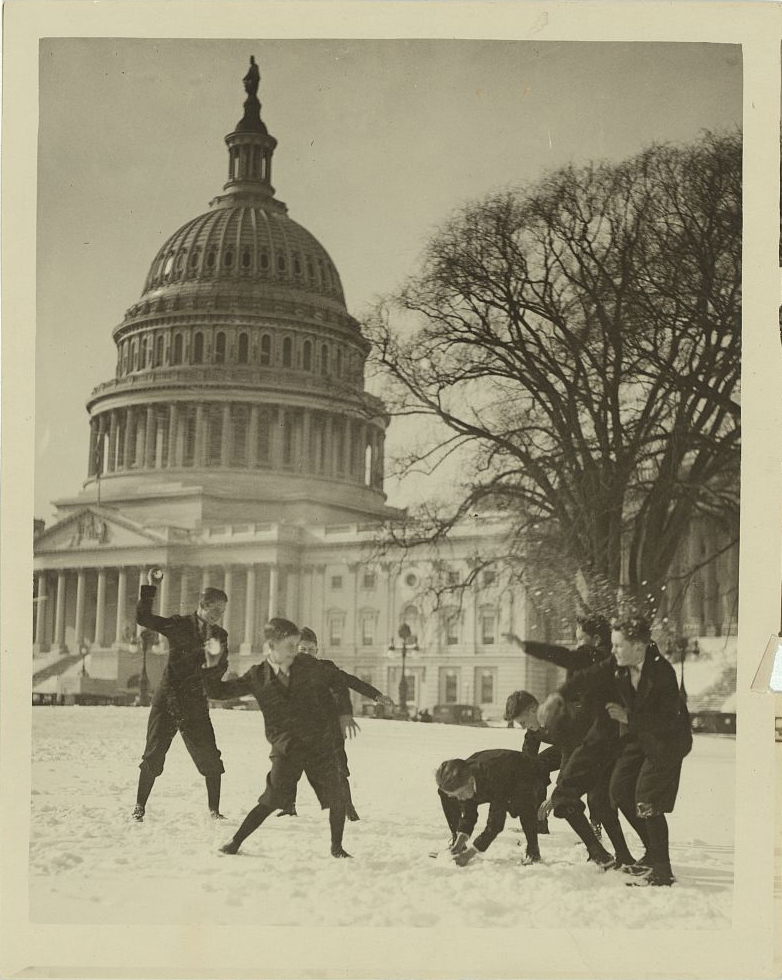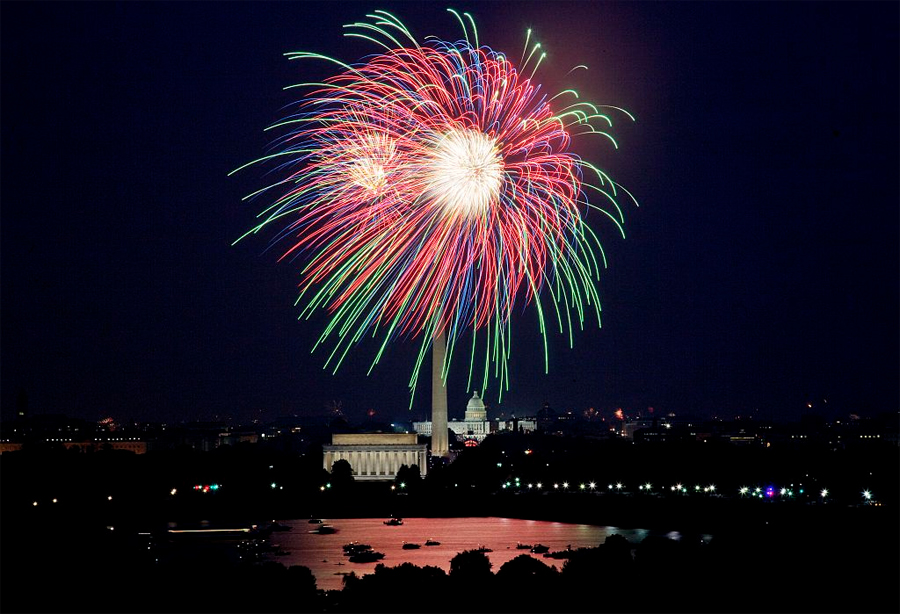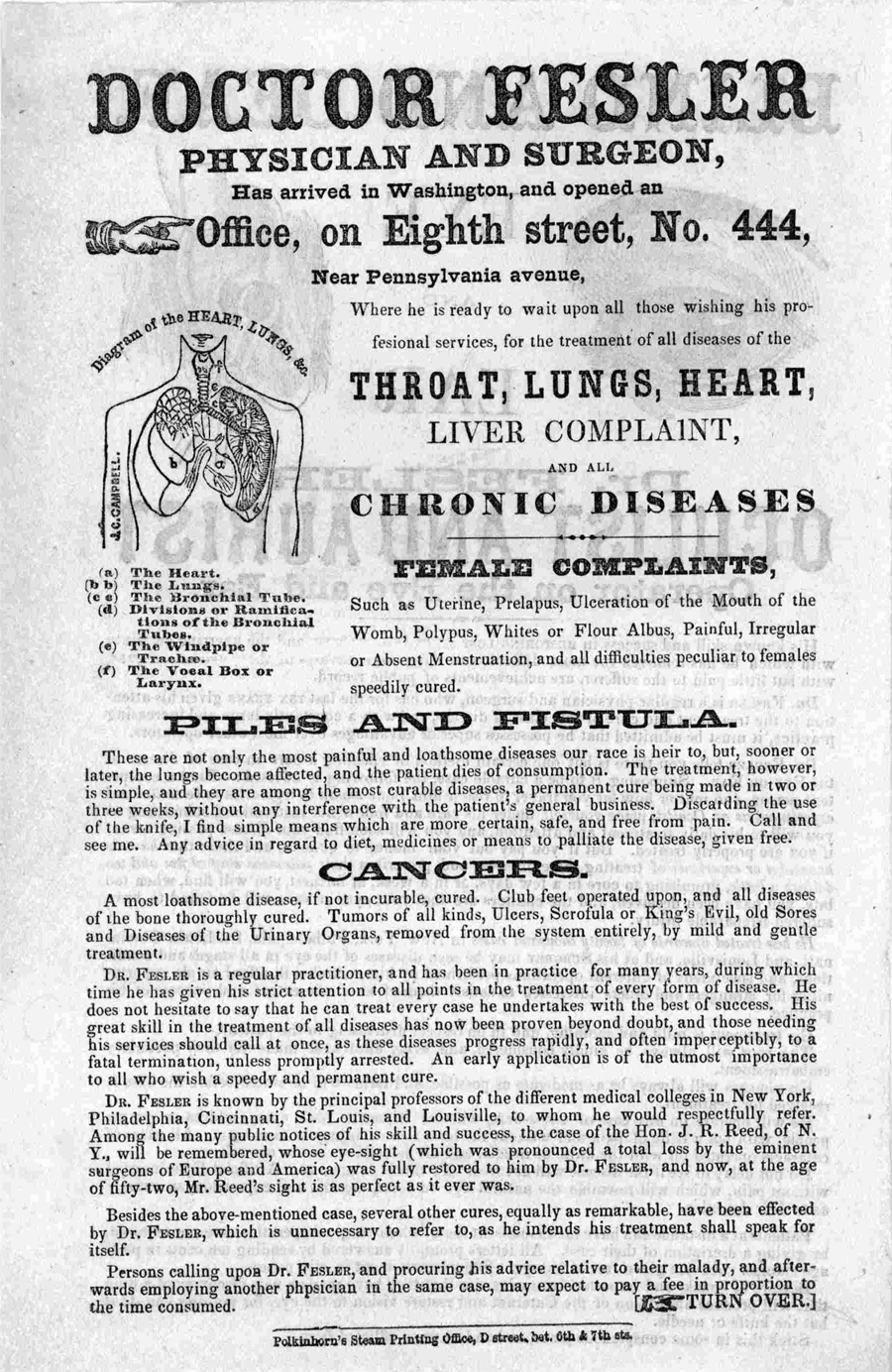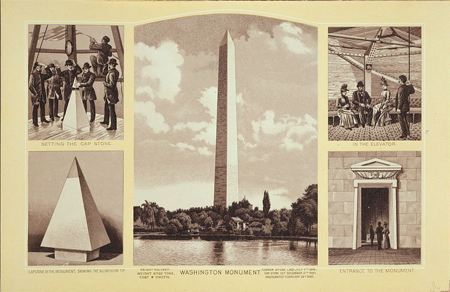Primary Source Spotlight: Teachers & Teaching
“The trouble is that we don’t always realize how important teachers are, in music or in anything else. Teaching is probably the noblest profession in the world — the most unselfish, difficult, and honorable profession. It is also the most unappreciated, underrated, underpaid, and underpraised profession in the world.” Leonard Bernstein Teacher images Week of…


